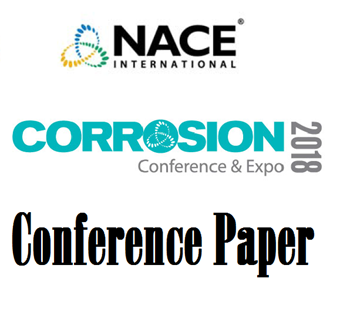Search
03398 SELECTIVE CORROSION IN DUPLEX STAINLESS STEEL
Also Purchased
51313-02697-Corrosion Performance of Welds in Duplex Superduplex and Lean Duplex Stainless Steels
Product Number:
51313-02697-SG
ISBN:
02697 2013 CP
Publication Date:
2013
$20.00
11255 Pitting Corrosion Mechanisms of Lean Duplex, Duplex and Super Duplex Stainless Steels in Chloride Solutions
Product Number:
51300-11255-SG
ISBN:
2011 11255 CP
Publication Date:
2011
$20.00
51318-11625-Cracking of Duplex Stainless Steel in Refining Operations
Product Number:
51318-11625-SG
Publication Date:
2018
$20.00
Recently viewed




